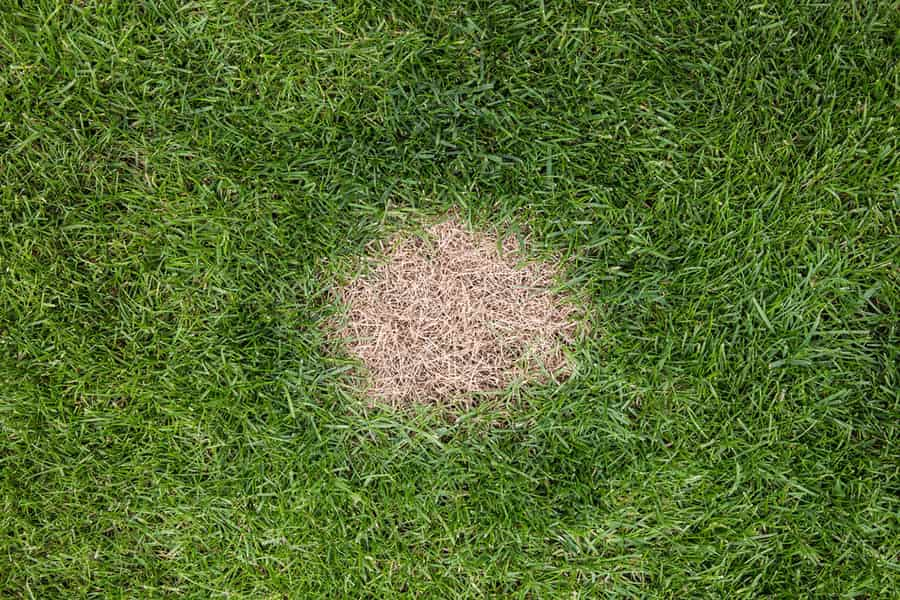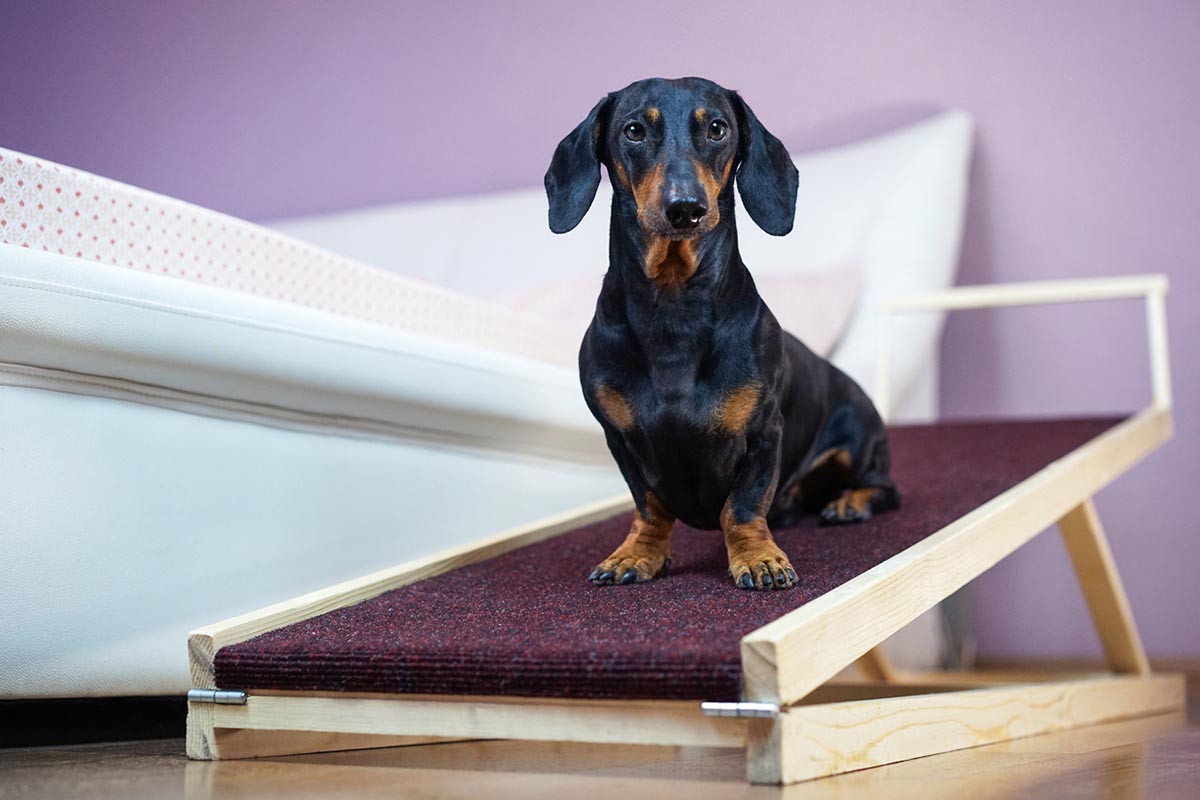Dog Pee Turning Grass Yellow? Check Their Diet.
Dog pee turning grass yellow is a common problem. There's a scientific explanation for that, but more importantly, solutions!
Ah, the joys of dog ownership! Walks in the park, endless cuddles, and… those unsightly yellow patches marring your once-pristine lawn. We all know the feeling. Have you ever wondered why dog pee kills grass? This seemingly inevitable consequence of pet parenthood has a scientific explanation, and more importantly, solutions!
Dog Urine Spots Explained by Science
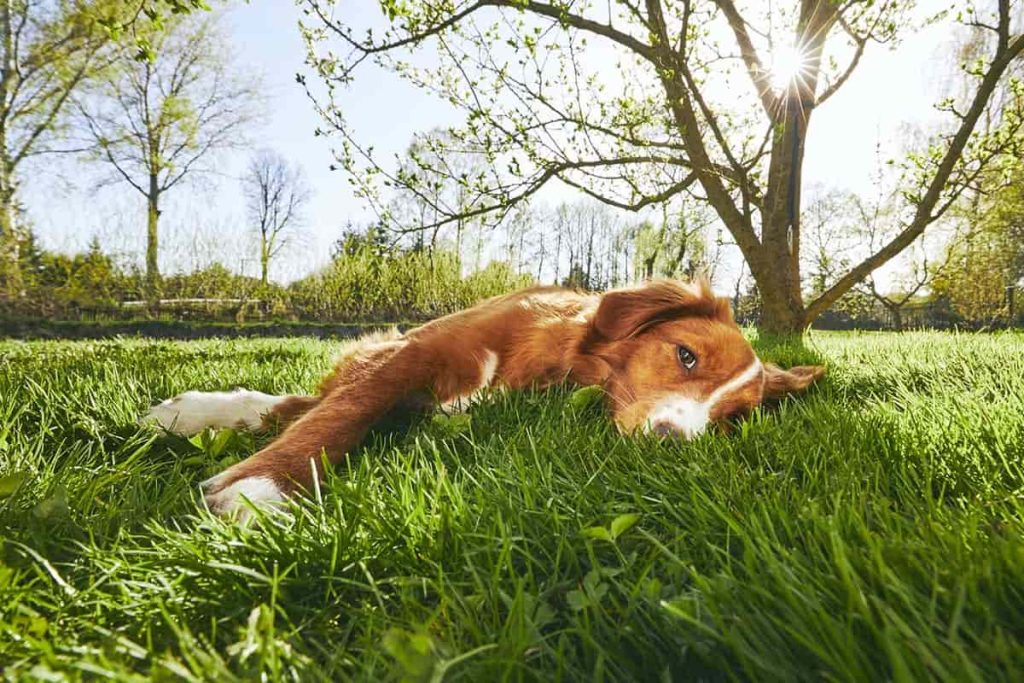
While it might seem like your furry friend is aiming for your prized landscaping when they go potty, the truth is far less personal. The culprit behind those yellow patches is none other than too much nitrogen, a vital nutrient for healthy grass growth. Here’s the breakdown:
- Nitrogen Powerhouse: Dog urine, like most animal waste, is high in nitrogen. This is a byproduct of protein breakdown in their bodies.
- Too Much of a Good Thing: In the right amount, nitrogen acts like a fertilizer, promoting lush green growth. However, when concentrated in a small area, as with dog pee, the amount of nitrogen becomes overwhelming. Your once-green lawn is now patchy with yellowish-brown spots.
- Grass Burn: The excess nitrogen disrupts the delicate balance in the soil, drawing water away from the grass’s roots and essentially burning them. This leads to the telltale yellow (or sometimes brown) dead patches of once-green grass. This affects all types of grass, including fescues, which are not as urine-resistant as you’d think.
Contrary to popular belief, the acidity of dog urine doesn’t play a major role in grass damage. While some sources claim female dog urine vs male dog urine is more acidic and thus more harmful, the real culprit is the concentrated nitrogen content regardless of gender.
Preventing Those Pesky Patches of Yellow Spots
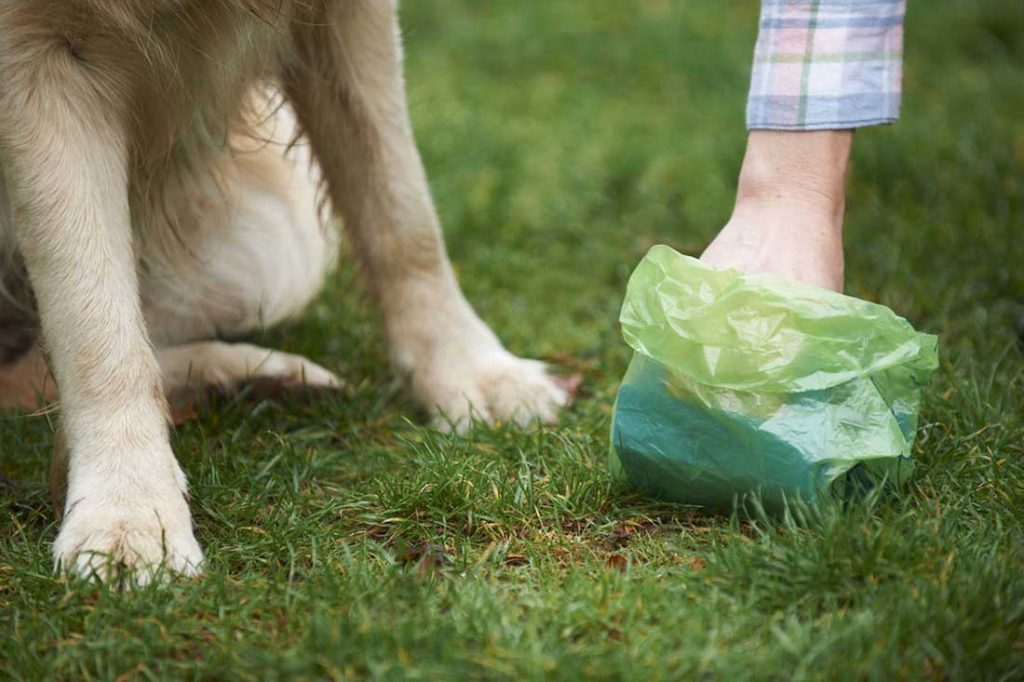
Now that we know the science behind dog urine damage, let’s explore ways to keep your lawn green and your dog happy:
- Dilution is the Solution: The simplest and most effective way to prevent damage is by diluting the urine. After your dog uses their designated bathroom spot, grab a watering can and drench the area thoroughly. This dilutes the high levels of nitrogen, preventing it from reaching a concentration that causes lawn damage. Better yet — Making sure your dog drinks plenty of water is key. Proper hydration dilutes the urine, making the nitrogen less concentrated.
- Train for Designated Spots: Teaching your pooch to use specific pee spots for bathroom breaks not only helps with training but also concentrates the “damage” to one area of the yard. You could also spread mulch around this area or dog rocks designated for peeing on. This allows you to target your watering efforts for maximum dilution. Consider using dog training treats and positive reinforcement to establish designated spots.
- Water Wisely: Regular watering helps flush away the concentrated urine and keeps your lawn healthy overall. Aim for deep watering that soaks the roots, rather than frequent, shallow watering. Don’t forget to keep your dog’s water bowl filled, too!
Beyond Dilution: Additional Strategies
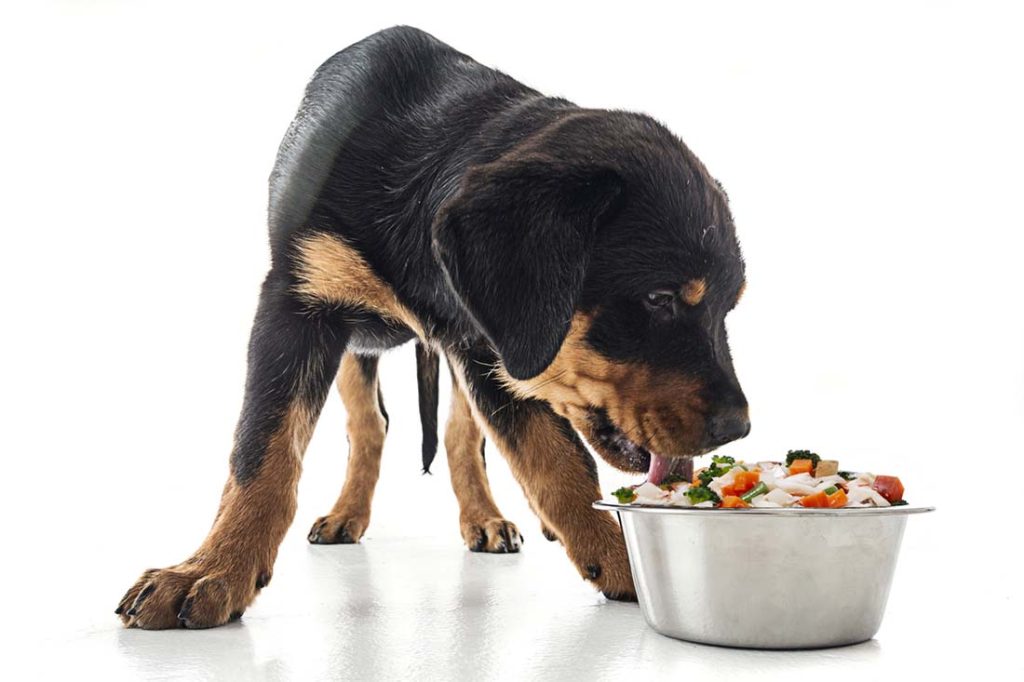
For those persistent yellow spots or dog owners with large yards, here are some additional tactics:
- Doggy Diet Dial-In: Certain dog foods contain high levels of protein, leading to a high concentration of nitrogen in their urine. With a simple change in your dog’s food, you can help combat the problem if you choose one that contains a large amount of moisture, like fresh dog food. Consult your veterinarian about adjusting your dog’s diet to potentially reduce the nitrogen content.
- Supplements with Caution: There are commercially available supplements that claim to alter the pH of dog urine, supposedly making it less harmful to grass. However, the effectiveness and safety of these products are not always proven. It’s best to discuss them with your vet before introducing any supplements to your dog’s diet.
- Encourage Frequent Elimination: The longer your dog holds their urine, the more concentrated it becomes. Taking your dog out for frequent bathroom breaks helps prevent overly concentrated pee that causes dog urine spots.
Restoring Your Lawn’s Lushness: Repairing the Damage
If your lawn has already fallen victim to yellow patches or dried-up brown grass, don’t despair! Here’s how to get it back on track:
- Remove Dead Grass: Carefully rake away the dead, yellowed grass to expose healthy soil underneath.
- Reseeding and Patience: Reseed the bare patches with grass seeds suitable for your climate (ryegrass is a common one). Keep the area well-watered, use a pet-safe lawn fertilizer, and ensure your dog avoids using it as a bathroom while the new grass establishes itself. Green spots can take several weeks to return, so be patient!
- Soil Testing (Optional): For persistent problems, consider a soil test on the pesky lawn spots to determine their pH and nutrient levels. This can help you tailor your lawn care strategy for optimal health.
Living in Harmony with Your Lawn and Your Dog
By understanding the science behind dog pee and implementing these preventative measures, you can maintain a beautiful lawn and a happy dog.
Remember, consistency is key! With a little effort, you can keep your dark green space thriving and your furry friend enjoying their outdoor haven.
This content is for informational use only and does not replace professional nutrition and/or medical advice, diagnosis, or treatment. It is not a substitute for and should not be relied upon for specific nutrition and/or medical recommendations. Please talk with your veterinarian about any questions or concerns.
